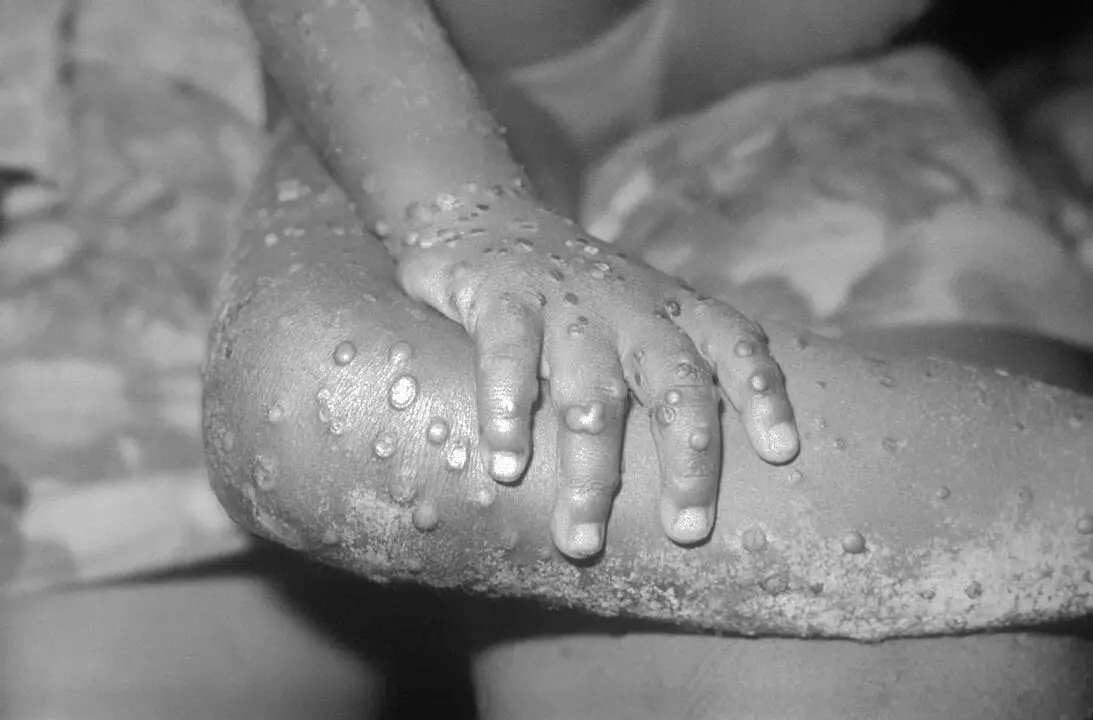Monkeypox: Detailed Symptoms, Transmission, and Prevention
- What is Monkeypox?
- Transmission and Spread
- Detailed Symptoms of Monkeypox
- Diagnosis of Monkeypox
- Prevention and Control Measures
- Treatment Options
- Conclusion
Introduction
Monkeypox, a zoonotic virus first discovered in 1970, has been drawing increasing attention due to recent outbreaks beyond its typical endemic regions in Africa. This virus, which belongs to the Orthopoxvirus genus, causes a disease with symptoms similar to smallpox but generally less severe. Understanding monkeypox, its symptoms, modes of transmission, and prevention measures is crucial in controlling its spread and protecting public health.
What is Monkeypox?
Monkeypox is caused by the monkeypox virus, closely related to the viruses that cause smallpox and cowpox. Although monkeypox is typically less deadly than smallpox, it can still cause significant illness. The disease is characterized by several stages of symptoms that develop over a period of weeks, with initial flu-like symptoms followed by a distinctive rash.
Transmission and Spread
The monkeypox virus primarily spreads from animals to humans through direct contact with blood, bodily fluids, or cutaneous or mucosal lesions of infected animals. Human-to-human transmission can occur through close contact with respiratory droplets, bodily fluids, or skin lesions of an infected person, as well as through contaminated materials such as bedding or clothing. In the current outbreak, the virus has shown increased transmission among certain communities, suggesting that close physical contact, including sexual contact, may play a role.
Detailed Symptoms of Monkeypox
Monkeypox symptoms typically manifest in two stages. The first stage, known as the invasion period, lasts between 0-5 days and is marked by several flu-like symptoms:
- Fever: The onset of fever is usually sudden and can be high, ranging from 38.5°C to 40.5°C (101.3°F to 104.9°F).
- Severe Headache: This is often one of the earliest symptoms, which can be intense and throbbing.
- Lymphadenopathy (swollen lymph nodes): Unlike smallpox, monkeypox often causes noticeable swelling of the lymph nodes. This can occur in the neck, armpits, or groin and is a key distinguishing feature of the disease.
- Back Pain and Muscle Aches (Myalgia): Patients frequently report significant discomfort in the back and muscles, which can be debilitating.
- Severe Weakness (Asthenia): This generalized weakness can make daily activities difficult and is often accompanied by extreme fatigue.
The second stage of the disease, the skin eruption period, usually begins within 1-3 days after the fever appears. This stage is characterized by the development of a rash, which progresses through several stages:
- Macules: Initially, flat, red spots appear on the face, particularly around the mouth and eyes, before spreading to other parts of the body, including the palms of the hands and soles of the feet.
- Papules: Within a day or two, the flat lesions raise and become more firm to the touch, turning into papules.
- Vesicles: These raised lesions then fill with clear fluid, forming vesicles. This stage is usually accompanied by itching and discomfort.
- Pustules: The fluid in the vesicles turns cloudy as pus forms. These pustules are often painful and firm to the touch.
- Scabs: The pustules eventually crust over and scab. The scabs will gradually dry up and fall off over several weeks. During this time, the patient is still contagious and can spread the virus to others through close contact.
Diagnosis of Monkeypox
Diagnosis of monkeypox involves a combination of clinical evaluation and laboratory testing. Given the similarity in symptoms to other pox-like diseases, laboratory confirmation is essential. This is typically done using polymerase chain reaction (PCR) testing, which can detect viral DNA in samples taken from lesions. Serological tests may also help identify previous infection or exposure to the virus.
Prevention and Control Measures
To prevent monkeypox, it is important to limit contact with potentially infected animals and individuals, especially in areas where the virus is known to be present. Key prevention strategies include:
- Vaccination: The smallpox vaccine provides cross-protection against monkeypox and is used in outbreak settings. Additionally, newer vaccines specifically targeting monkeypox are in development.
- Personal Protective Measures: Regular handwashing, using protective clothing when caring for infected individuals, and avoiding contact with potentially contaminated materials are essential preventive measures.
- Isolation and Monitoring: Infected individuals should be isolated from others to prevent the spread of the virus. Close contacts of confirmed cases should be monitored for symptoms for at least 21 days.
Treatment Options
Currently, there is no specific treatment approved for monkeypox. However, antiviral drugs like tecovirimat have shown promise in managing severe cases by reducing viral replication. Supportive care remains a cornerstone of treatment, focusing on symptom relief, hydration, pain management, and the prevention of secondary bacterial infections. Continued research is needed to better understand the efficacy of these treatments and develop new therapeutic options.
Conclusion
The recent outbreaks of monkeypox highlight the importance of global health preparedness and rapid response to emerging infectious diseases. By understanding the symptoms, transmission dynamics, and preventive measures, we can better control the spread of monkeypox and protect vulnerable populations. Public health efforts must continue to focus on education, vaccination, and research to mitigate the impact of future outbreaks.
Sources
Mpox in Children and Adolescents: Epidemiology, Clinical Features, Diagnosis, and Management:
Clinical Features, Antiviral Treatment, and Patient Outcomes: A Systematic Review and Comparative Analysis of the Previous and the 2022 Mpox Outbreaks:
https://academic.oup.com/jid/article/228/4/391/7025706
Recent Developments in Mpox Prevention and Treatment Options:
https://www.mdpi.com/2076-393X/11/3/500
Differential Diagnosis, Prevention, and Treatment of mpox (Monkeypox): A Review for Dermatologists:
https://link.springer.com/article/10.1007/s40257-023-00778-4

